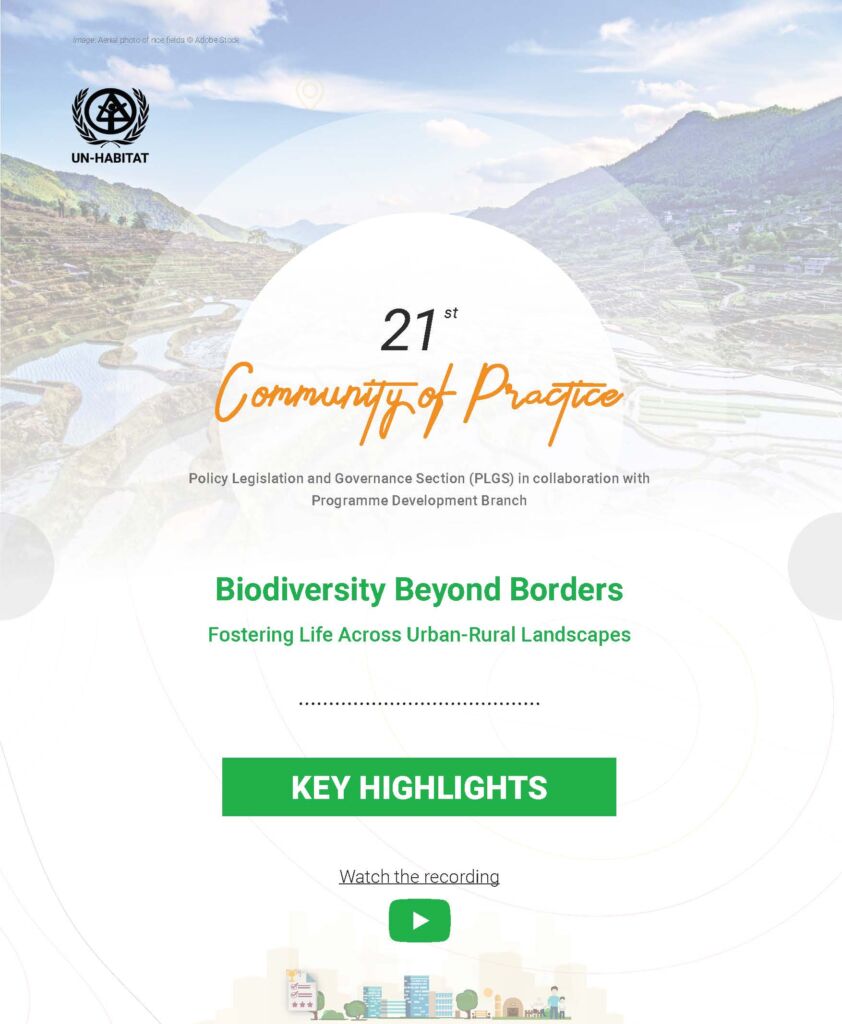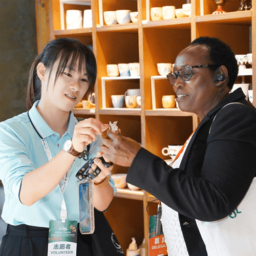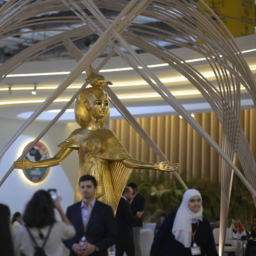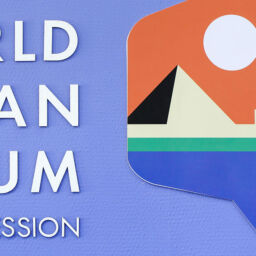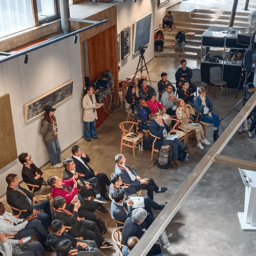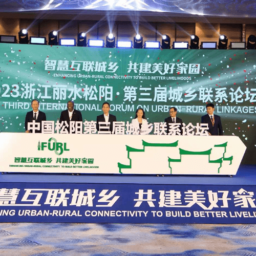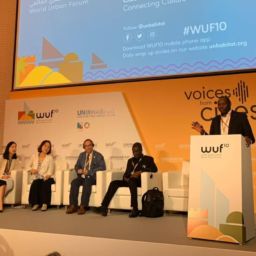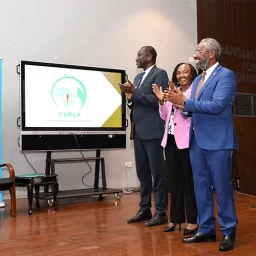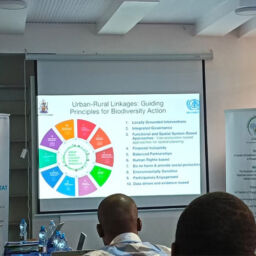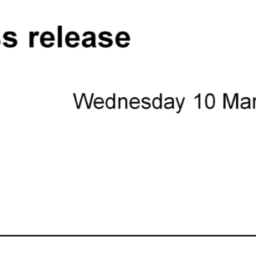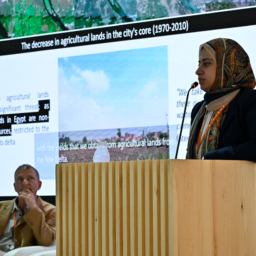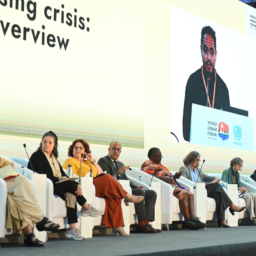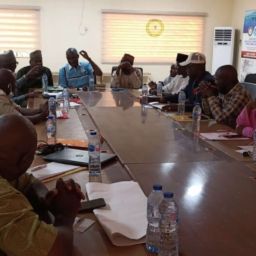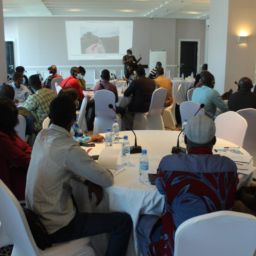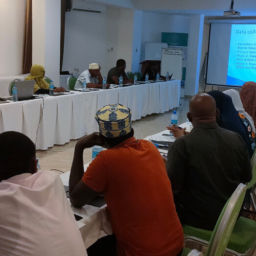UN–Habitat Hosts a Dialogue on Strengthening Urban–Rural Linkages for Biodiversity Conservation
Nairobi, October 9, 2024
In response to the growing challenges posed by urban expansion on natural ecosystems, UN–Habitat held a virtual Community of Practice session titled “Biodiversity Beyond Borders – Fostering Life Across Urban–Rural Landscapes.” The event brought together over 110 participants from diverse sectors to discuss how strengthening urban–rural linkages can bolster global biodiversity efforts. Policymakers, territorial development experts, and government representatives explored collaborative approaches for biodiversity conservation at city, metropolitan, and local levels.
Opening the session, Grace Githiri from UN–Habitat emphasized the platform’s importance for sharing knowledge and preparing for relevant global events, such as the 12th session of the World Urban Forum and the 16th Conference of Parties (COP16) under the UN Convention on Biological Diversity (CBD). She emphasized the need to use this space to exchange ideas and build momentum as we approach these critical global events.
Remy Sietchiping, also from UN–Habitat, provided an overview of the agency’s work on urban–rural linkages and highlighted how these linkages contribute to biodiversity enhancement and
ecosystem resilience. “Urban and rural areas are deeply interconnected, and we must collaborate across these spaces to ensure ecological sustainability,” he said, stressing the need
for integrated action to safeguard biodiversity.

Chantal Robichaud from the UN Convention on Biological Diversity (CBD) Secretariat discussed the organization’s efforts to engage local and sub-national authorities in meeting the ambitious targets of the Kunming-Montreal Global Biodiversity Framework.
“Mobilizing resources and establishing connectivity corridors between urban and rural areas are essential to achieving tangible results.” Robichaud explained. She underscored the necessity of incorporating biodiversity considerations into both urban and rural planning.
Former mayor of Monteria, and former Minister of Environment for Colombia, Carlos Correa, shared insights from a successful ecological restoration project in his city and reflected on the broader role of Colombian cities in promoting nature-based urban planning. He noted that Medellín’s Green Corridors Program, has proven how cities can lower temperatures while enhancing biodiversity. He also spoke about Monteria’s “Monteria 2032” development plan, which reconnects the city with the Sinu River, illustrating how cities can lead efforts toward a nature-positive future.
Andrew Rudd from UN–Habitat presented a series of proactive tools for biodiversity conservation, including the City–Wide Public Space Assessment Toolkit and the Hybrid Risk Index Map, an AI–driven tool that helps predict land–use changes and biodiversity loss. He stated that the tools enable policymakers to make informed decisions, ensuring that biodiversity conservation is integrated into urban development plans, emphasizing the importance of data–driven solutions for long–term sustainability.
Representatives from different regions shared their experiences on biodiversity conservation.
Leonard Mpanju, an urban planner from Tanzania, highlighted Arusha’s efforts to promote urban forestry and community engagement. He mentioned that urban forests initiative not only supports ecosystems but also drives economic growth through tourism, noting that the program has created a mutually beneficial relationship between rural and urban areas.
Camilo Romero, co–author of the publication Managing Urban–Rural Linkages for Biodiversity, pointed out that cities consume 70% of the world’s natural resources, and by 2050, 80% of food will be consumed in urban areas. He noted that the figures highlight the critical need for integrated urban–rural policies to address biodiversity conservation challenges. He emphasized that sustainable urban–rural linkages must be central to future biodiversity discussions.
In closing, Thomas Forster from UN–Habitat reemphasized the importance of continued collaboration through a whole–of–government and whole–of–society approach. “We’ve seen strong examples of leadership, especially from Colombia, that show how urban planning can balance social and natural capital” Forster noted. He encouraged participants to maintain engagement in the lead–up to COP16 and beyond, ensuring that biodiversity remains a priority.
on global and local agendas.


